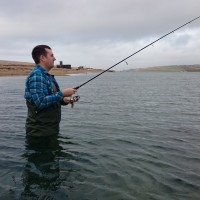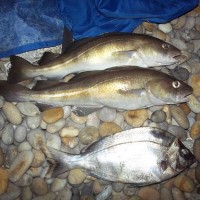There was a time when waders were normally only worn by fly fishermen on rivers, but these days I see anglers using them in lots of different situations. They are pretty common amongst fishermen in the North East, targeting the Cod from the rock ledges, and I spend more than half my fishing time in them, especially when I am lure fishing. They allow me to access ledges and marks that I would not normally be able to fish, if I was just wearing boots.

If angling is your passion or profession then you’ll already know the importance of ensuring you have the correct kit, and there’s no more crucial piece of equipment to get right than your choice of waders.
The right pair of waders can protect you, make your fishing expedition comfortable, and keep you warm and dry, but pick the wrong ones and you can have a wet, miserable, and extremely uncomfortable experience.
There are a plethora of material choices and styles available, so how is it possible to know what works and what doesn’t without having to resort to the expensive process of trying and eliminating the ineffective?
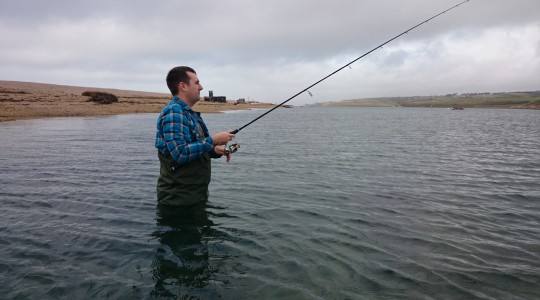 First it’s important to know your options. The two main types of wader are stocking foot waders, meant to be attached to a separate pair of boots, and boot foot waders, which come with the boot already included.
First it’s important to know your options. The two main types of wader are stocking foot waders, meant to be attached to a separate pair of boots, and boot foot waders, which come with the boot already included.
Boot foot waders are better for colder conditions and deep waters, and are quick to pull on and take off, while stocking foot waders are much more comfortable, more stable, and are more suitable if you are going to be walking around a lot

If you decide stocking foot waders are the best option for your needs then you’ll obviously also need to purchase a suitable wading boot to go with them.
Your boot choice is crucial, you want to pick a pair that’s lightweight and not cumbersome, but is also heavy duty enough to provide the perfect grip while also giving additional support for your feet and ankles. Hart make a range of excellent ankle high wading boots featuring a felt sole – an essential requirement to help you grip those wet, slippery rocks.
A wading boot like this will give you crucial ankle support when you need it and the felt sole will prevent you from awkward sprains and slips, critical when you’re in the middle of a rocky fast moving river.
When shopping for your waders, consider opting for a pair made from breathable material, a lightweight but durable synthetic fabric that’s been specially manufactured to allow your body to breathe – even underwater.
The Snowbee Breathable range of waders utilize a unique patented Vapour-Tech system, featuring a tough outer shell and breathable inner membrane designed to protect you and wick sweat away, keeping you completely dry while still allowing air to circulate.

When it comes to materials, price often determines quality, with a basic PVC type material typically being used in most economy line wader ranges. Though this is tough enough for most lightweight run of the mill conditions, it’s far from suitable if you’re planning on wading through overgrown and weed heavy areas due to its propensity to rip and tear.
For these types of conditions it’s much better to invest in a pair made from a nylon blend, which features a tighter weave and makes it more effective at preventing thorny scratches and abrasions from damaging your waders and letting in water. A nylon mix such as the 210 Denier pair Snowbee offers provides far more comfort and protection than it would ever be possible to provide with a basic PVC pair, just expect to shell out a little more for the privilege.
For those of you frequenting cold water conditions, Neoprene is by far the smartest fabric choice to make, as the material will keep you snug and dry, preventing your body from freezing and ensuring you stay well insulated against the cold. Wearing a pair of Neoprene waders though, means you can get a little overheated at times, especially when walking on dry land for extensive periods of time, so if this sounds like your situation, try and look for a pair of waders that can be rolled down so you’ll be more comfortable.

It’s also important to consider your choice of sole when choosing either a pair of boot foot waders or when purchasing separate wading boots, as different types of soles suit different goals.
As a general rule, first you should always go for a felt sole, as it provides you with the essential grip you will need to stop sprains and breaks, but if you’re going to be fishing off muddy banks a lot, you’ll also likely going to need a deeply cleated heel. Cleats give an extra grip on all that wet grass, mud or shingle when you’re going to be scrambling around banks a lot, and if you’re looking for a good cleated heel boot, Snowbee offer up a combination sole option that features both a cleated heel and felt sole – this would be the perfect choice for when your angling location tends to vary.
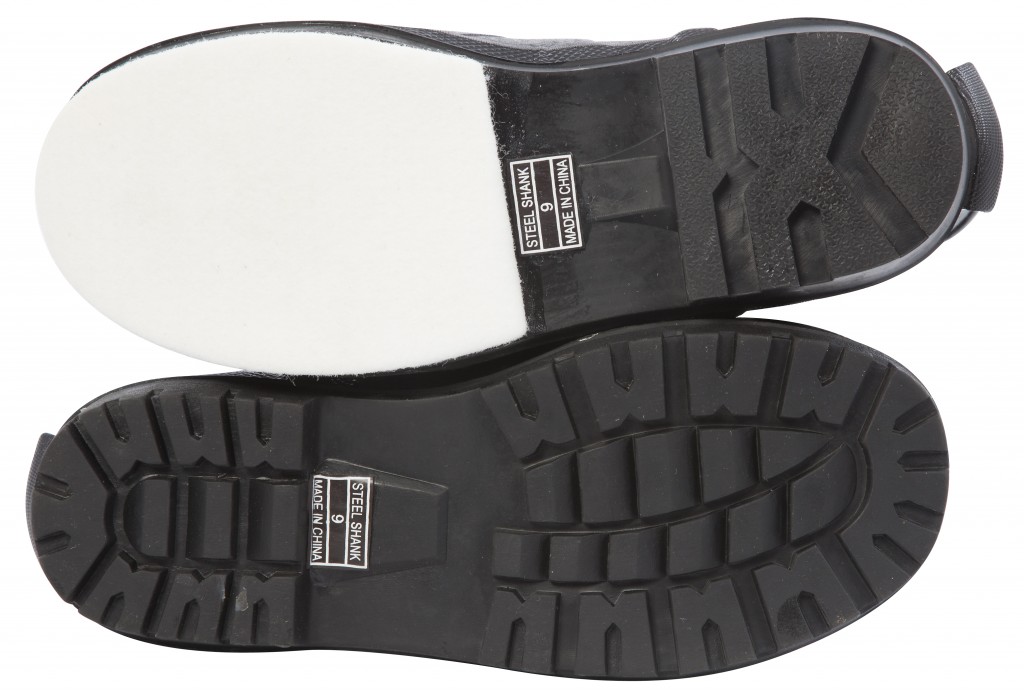
Sometimes the situation will call for an even stronger grip, and in these extreme instances you should definitely look into buying a studded sole option, or perhaps purchase screw in studs that can be added to your soles when you’re going to be wading on rock marks. The studs seem to be able to cut through the weed and bite into the boulders and rocks underneath. Marks such as Kimmeridge are lethal when wading without studs.
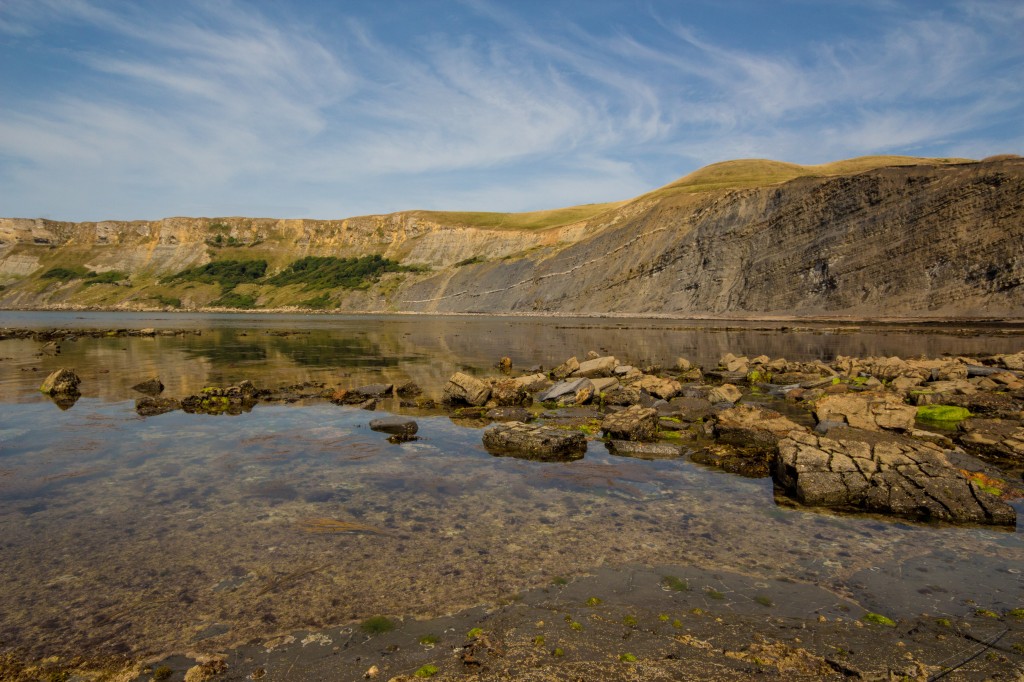
Over the next few articles we will be reviewing a number of different waders that we have been testing in detail. In the mean time I have put together some more information and prices on waders, which can be found in this waders link

